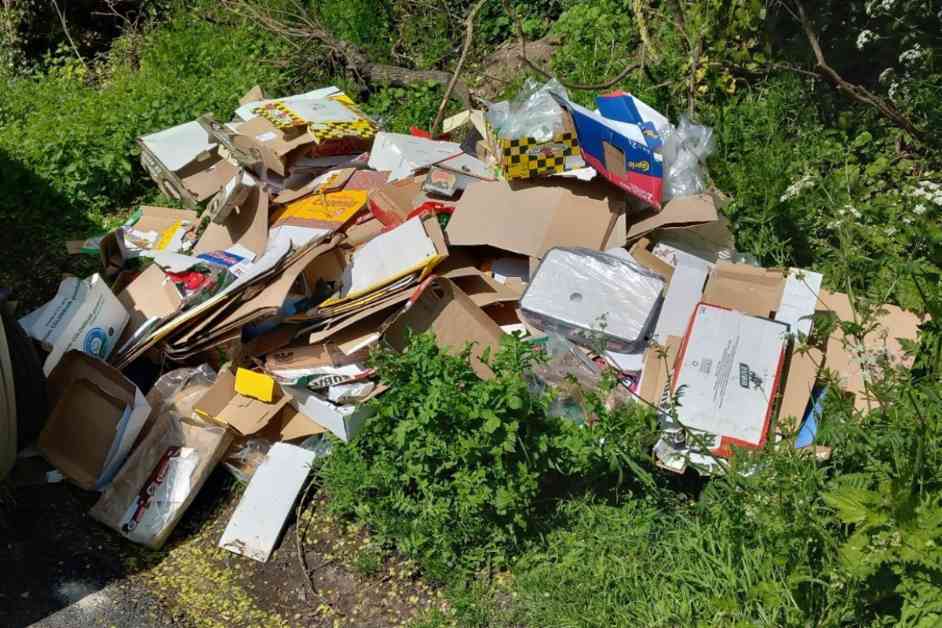Contaminated recycling in the UK is expected to increase by 40% during the winter months compared to summer, according to recent research. This increase is mainly due to the heavy rainfall that turns cardboard into a ‘wet magnet’ for plastics and other materials, causing over 5,000 tonnes of plastic to contaminate the paper and card recycling system.
Jonathan Scott, who works at the sustainable packaging and recycling company DS Smith’s Kemsley Paper Mill, highlighted the challenges faced by recycling facilities during the rainy season. Wet paper and cardboard tend to stick to other materials like plastics and glass, making it difficult to separate them effectively. This can lead to rejected recyclables that could have otherwise been recycled into new packaging materials.
To combat this issue, Scott provided five tips for individuals to improve the quality of their paper and card recycling at home. These tips include following local recycling guidelines, keeping lids on bins, storing cardboard indoors during rain, allowing recyclables to dry before placing them in the bin, and considering using local recycling centres to avoid contamination.
Despite these efforts, the UK’s paper and card recycling rates have been stagnant or declining, ranking 25th out of 30 European countries. Separating paper and card from other recyclables could significantly reduce contamination and improve recycling rates. Scott emphasised the importance of collecting paper and card separately to maximize recycling efficiency and reduce contamination.
In conclusion, while weather-related challenges pose a significant threat to recycling efforts, individuals can take proactive steps to ensure their paper and card recycling remains uncontaminated. By following simple guidelines and supporting initiatives to collect paper and card separately, households can contribute to improving the overall recycling system and reducing environmental impact.












